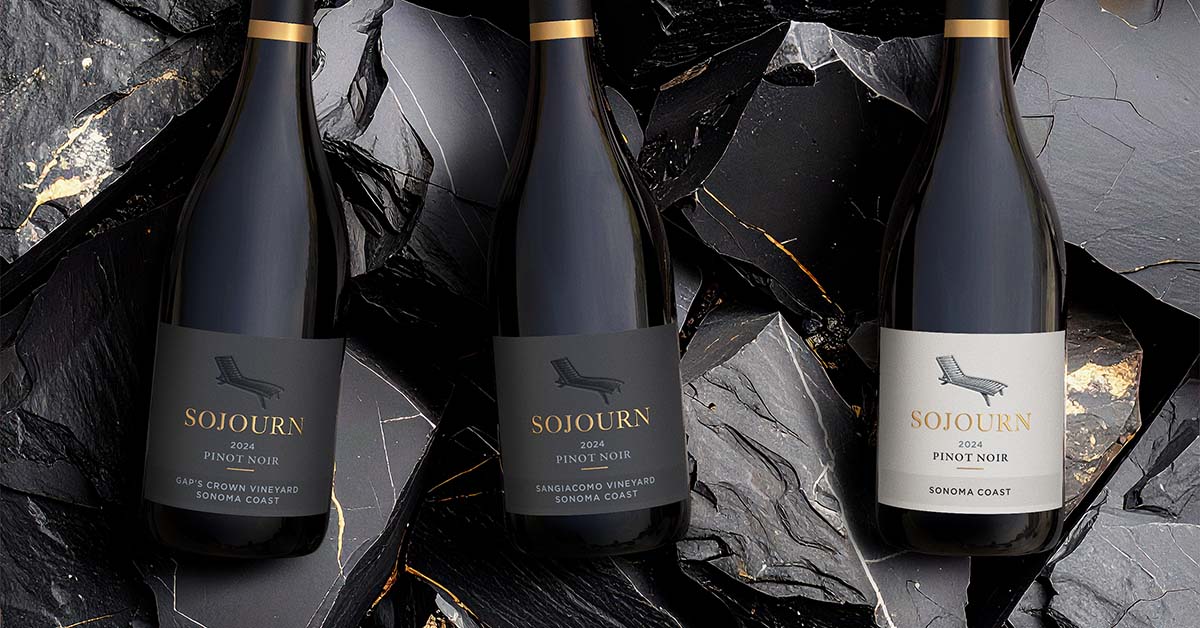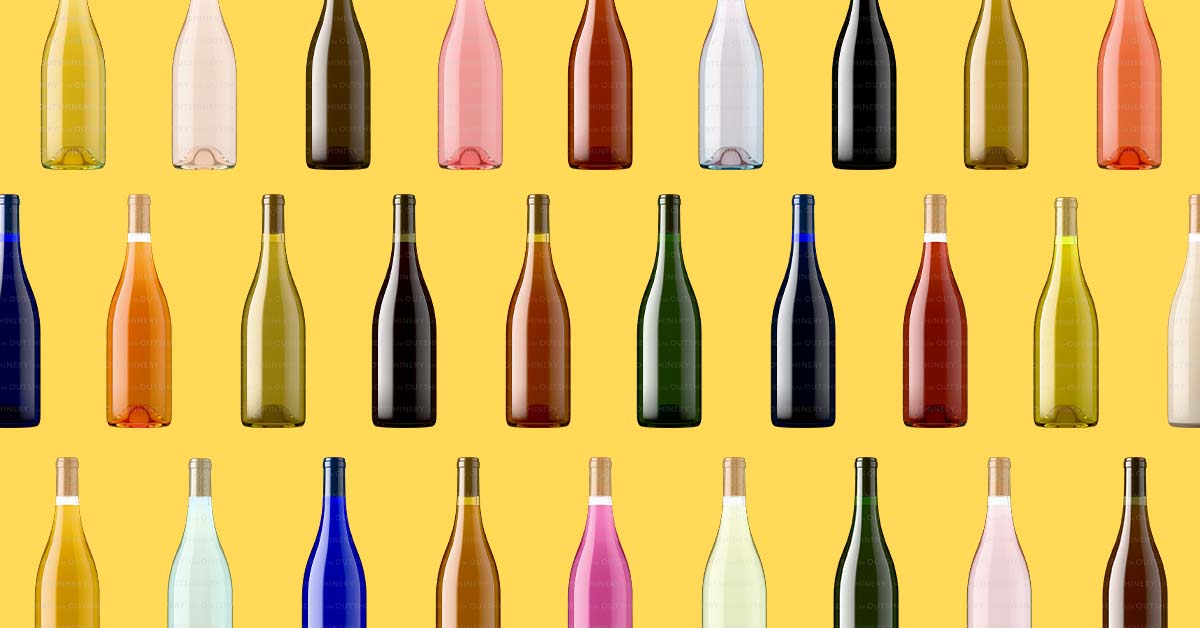Structuring Your Wine Club to Reduce Member Attrition
After all, it’s easier to retain people while they are in your wine club than it is to gain new ones.

Going back to basics with guest author Geoffrey Moss MW, principal at Lithica Wine Marketing.
There’s a story behind every purchase. That’s not clear when you look at a single transaction, though. You see an order total, a list of products, and maybe a discount. There’s a lot missing. But taken together, transactional data can be illuminating. Especially when it comes to your wine club.
For my Master of Wine research paper, I analyzed the transactional data for nine anonymized California wineries to see if there were common factors that affected wine club attrition. The goal was not necessarily to predict whether a club member will terminate their membership. If that was the case, we could use a simple model centered around a customer’s membership length.
Eventually, members will quit. And we already have a rough idea of when that will happen based on the average tenure of our wine club. Of course, we don’t just accept that as fact. We work hard to retain members, especially as they approach the expected tenure of their membership. After all, it’s easier to retain members than it is to gain new ones.
Instead, the goal was to identify whether there are club-level or member-level variables that affect member termination. Let’s start with the former. The structure and design of your wine club matters. But not necessarily in the ways that you intuitively expect.

What reduces wine club attrition?
More variety
Increasing the number of unique SKUs in a club shipment reduces the risk of termination. This suggests that club members value variety. Making certain wines available exclusively to club members may not only be an incentive for a customer to join a club, but also to stay in a club over time.
Frequent Engagement
Wineries should schedule at least two club shipments in every 6-month interval to minimize the length of time between club shipments. This steeply reduces the risk of termination, indicating that club members desire frequent engagement with the winery. Wineries with a limited portfolio may want to consider dividing their club wines across more frequent shipments.
Complimentary Shipping
Offering free shipping on club shipments is not as impactful as you may intuitively expect, but it still reduces the probability of termination by approximately seven percent. Of course, customers will likely know whether they benefit from free shipping on club shipments when they join. So, there could be an element of self-selection: customers who value free shipping won’t join the club in the first place.
What doesn’t seem to retain members?
Discounts
Club discounts marginally increase the likelihood of termination. This is surprising, especially as club discounts are one of the most common benefits for wine club members. But they simply may not be highly valued by club members, or viewed as an important point of differentiation. This is consistent with research that shows consumers value complimentary shipping over discounts.
Pricey Club Shipments
As the cost of a club shipment increases, so too does the likelihood of termination. Again, there’s an element of self-selection: customers likely know the approximate cost of the wines when they join a club. But, for some clubs, there may be significant variation in cost between club shipments, especially in the fall when reserve-level red wines are likely to be released. Wineries should aim to minimize such fluctuations or provide the opportunity to opt-out of a club shipment, if necessary.
Find out for yourself
The above will not hold true for all wineries. I encourage you to analyze your own transactional data and see what it tells you. You may find a subtle tweak can make a remarkable difference.

Geoffrey Moss earned his Master of Wine in Fall 2020, an achievement that tops his exploration of many facets of the wine industry. He was awarded the Villa Maria Award for his outstanding knowledge and understanding of viticulture and the Robert Mondavi Winery Award for the best performance across all the theory papers in the MW exam.
His resumé includes working with Don Triggs and family at Culmina Family Estate Winery and then as part of the team at the ambitious Phantom Creek Estates project, seeing the brand and winery emerge from start to completion.
Geoffrey founded Lithica Wine Marketing in 2019, a boutique agency that helps wineries develop effective, customer-centric business and marketing strategies. He runs the wine consulting business from Penticton in the heart of the Okanagan Valley.









































